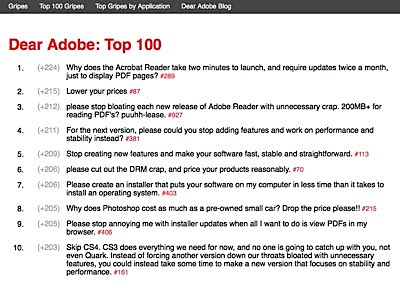PR, Social Media, Transparency & Good News
I’ve been having a very lively discussion on Twitter today about PR, social media and where the lines of transparency fall. We asked if a PR firm should run social media entities in social communities. If they do, should they identify themselves in these communities – like Twitter, Facebook, etc. – as the PR firm or as part of the company’s marketing team, or is simply having a company entity sufficient enough to imply that you’re probably talking to the marketing folks (which could include an agency). How transparent is transparent enough? I received a lot of lively – and differing – answers:

My favorite answer, however, was from @tgruber. She said:

It’s my favorite answer because for me, if I’m interacting with a company’s brand online, it seems obvious that the marketing team would be behind it unless otherwise noted (as in the case of @zappos which is clearly identified as the CEO, Tony Hsieh; or in our case @PerkettPR – where we identify who is behind the Twittering of the brand right in our bio).
But I’m in marketing and PR – so I wanted other viewpoints. If you are interacting with @Lotame (client), for example, do you assume you are talking to the CEO or a marketing executive, or someone else? If a PR firm maintains the account should they say in their bio, for example, “We’re PerkettPR Twittering on behalf of Client.”? If you follow @TJMaxx, @Starbucks, @JetBlue, @LuckyShops or others, does it matter to you who’s behind the social media curtain – as long as they aren’t claiming to be the CEO when they are not?
We’re excited to announce several new clients today and as we continue planning and launching many social media campaigns for them in the coming months, we continue to value and learn from the collective communities and their opinions. That includes you – so what do you think?


 As of this morning we’ve officially been added to the
As of this morning we’ve officially been added to the 
 Last night, several of us from PerkettPR attended the
Last night, several of us from PerkettPR attended the  With
With 
